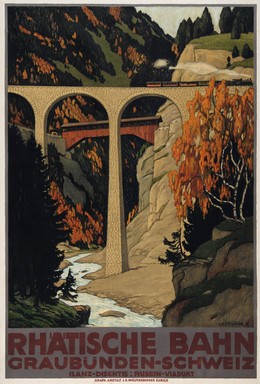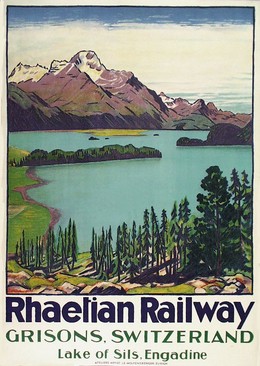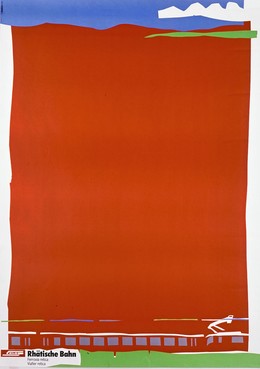RHÄTISCHE BAHN RHB, Graubünden / Rhaetian Railway Grisons, CH
The Rhaetian Railway (RhB) goes back to an initiative from the Dutchman Willem-Jan Holsboer in 1888. Thanks to him, a company was founded to build a railway line from Landquart to Davos, the first line of the route network of what would become the RhB. In 1897 the Swiss people decided to make the RhB a state railway. The route network was expanded rapidly; the Landquart-Chur-Thusis route was opened in 1896, the Albula route Thusis-St. Moritz was opened in 1903, Reichenau-Ilanz was opened in 1904, Pontresina-Samedan in 1908, Davos-Filisur in 1909, Ilanz-Disentis in 1912 and Samedan-Scuol in 1913. Between 1913 and 1922 the whole network was electrified, which made train operation significantly more efficient and saved the RhB from being affected by the coal shortage due mainly to the First World War. During the economically difficult years of the Second World War and until the 1970s, the RhB had financial problems and a lower frequency of travellers. Thanks to generous subsidies from the government it was able to cope without having to reduce the routes or close down stations. The possibility was even considered of the Swiss Federal Railways (SBB) taking over the RhB. When the government started to greatly reduce the subsidies at the end of the 1970s and the beginning of the 1980s, the Rhaetian Railway started to market its railway routes towards tourists. Special trains travelling along scenic routes such as the Glacier Express, the Bernina Express and the Heidi Express were created and thanks to visitors from all over the world, the trains were now full for most of the year. In June 2008, the Rhaetian Railway line in the Albula/Bernina region was declared a UNESCO World Heritage Site.



